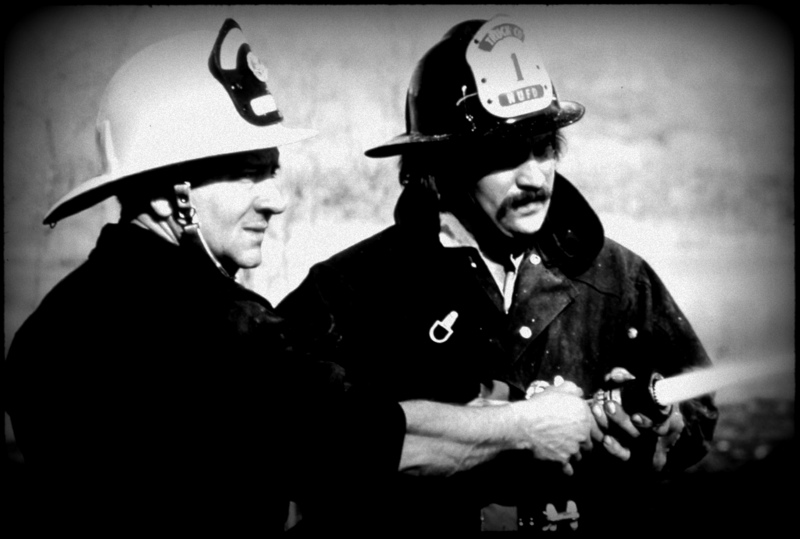 Social media plays a massive role in communicating major incidents. But it can also play a role by those on the frontline to tell their story as this post from a senior West Midlands Fire Service officer shows.
Social media plays a massive role in communicating major incidents. But it can also play a role by those on the frontline to tell their story as this post from a senior West Midlands Fire Service officer shows.
Thinking back to about 2007 (I really can’t even remember the year), I was a huge Facebook fan and posted almost hourly... I loved it.
Then @philliploach, who’s now our Chief Fire Officer, introduced me to Twitter. In those days, Twitter was still a small thing compared to Facebook. I can hear the “Facebookers” now: I’m never going to use Twitter… You can only type 140 characters… It’s rubbish. That was, indeed, my first impression. However, I pursued it and I found even early on it allowed you to reach different demographics to Facebook, MySpace, etc if you let it.
This is where it gets interesting, as I believe you need to understand the different demographics of each different social media platform. For example, Twitter is a great way to engage with similar services like the police and local authorities, but Facebook is more of a social and friend interaction tool. So you need to be smart when using social media, understand what you’re trying to achieve, and this will drive the nature and style of your posts and your chosen platform.
The key to effective social media posting is “mixing it up a bit”, with a wide range of users across your organisation. The more people you have posting, the more diverse your engagement will be. This is why all of our fire stations have a twitter account and some even dual post through Facebook, too.
The majority of our tweets and posts come from our 1322 frontline firefighters from 38 fire stations, who are normally at the sharp end. The sharp end isn’t just responding to incidents, but also includes working with partners to improve the lives of our most vulnerable people. Being at this sharp end provides them with a great understanding of the communities they serve because they interact with them every day. So, through our 71 twitter accounts with over 80,000 followers we are able to inform our communities of the most relevant incidents and activities we undertake almost instantly.
Generally speaking, I’m not a huge fan of the “corporate” Twitter account, but I think we’ve found a way to make @WestMidsFire less corporate. We do this by having quite a large and diverse number of people post on behalf of the brigade and this is how we “mix it up a bit” making it as engaging as possible.
A wide range of businesses from your blue chip companies through to your lone trader use social media to sell their wares. It’s really no different for West Midlands Fire Service except that we, of course, don’t generate any profit. But it’s really important that we communicate with our ‘customers’ (the public), informing them not only of the services we provide through responding to incidents but, more specifically, of our beliefs and of the importance of prevention and protection which are the first steps to “Making the West Midlands Safer” (our vision). Social media gives us a direct route to our communities of 2.7M residents and partners, who can help us identify the most vulnerable members and businesses of our communities.
The latest example of how social media can be used within our environment was a video we produced at a local fire. This incident saw a neighbour rescue a resident from her house. As the dynamic phase of the incident was concluded an opportunity to provide our communities not only with some information but place the reality and seriousness of a fire into some real life context allowing a birds eye view of the scene. Also as being rescued by a neighbour is rare, the opportunity to interview the neighbour in real time was too good to miss. Using an iPhone and iMovie a video was created before the story broke, allowing the press and our communities the timely facts. http://vimeo.com/116934189
Social media is now embedded within our strategy. We’re a learning organisation, ready to push the boundaries.
My final, and probably most important point, is that it can and should be fun. We believe that by empowering and enabling our employees talk about what they are doing gives them something different from the fire service of old. We have a fantastic, professional workforce and we trust them implicitly to deliver services to our communities and to tell them about it, too.
Neil Griffiths is Fire Commander for Sandwell and Dudley in West Midlands Fire Service.
